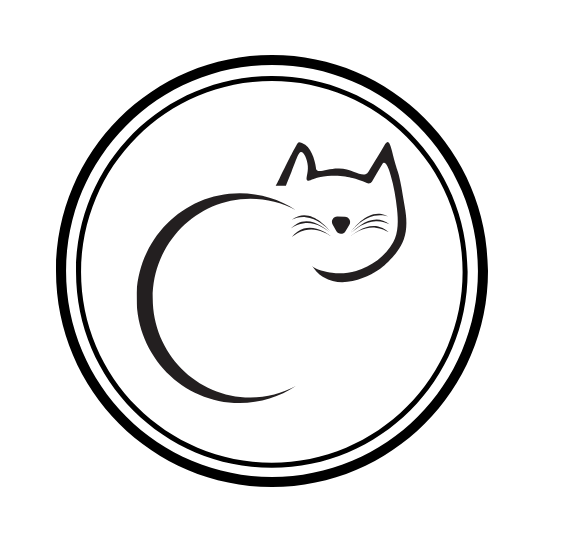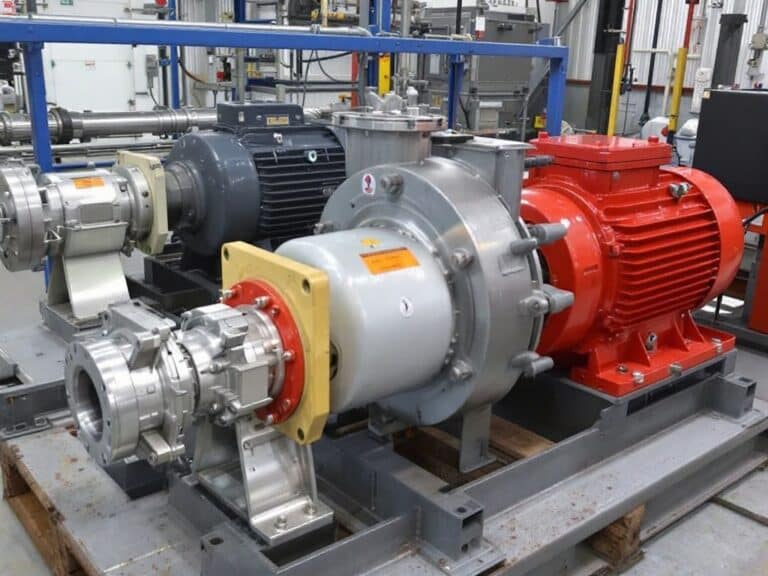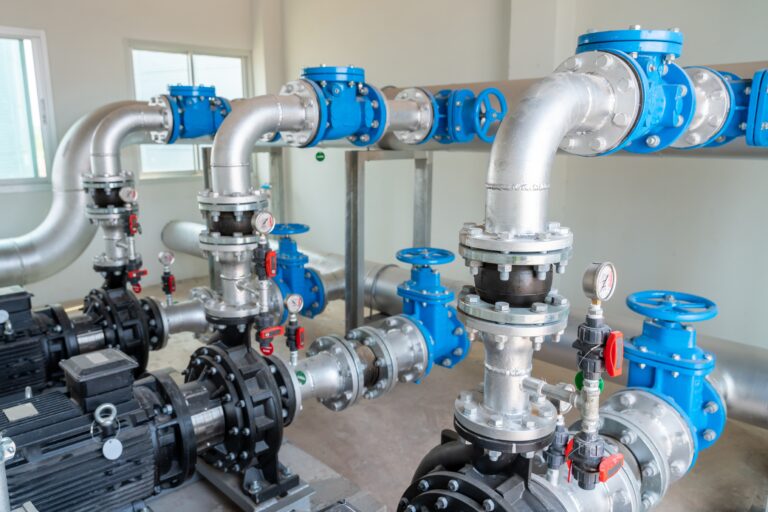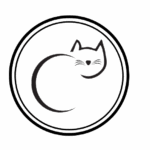Seal pots keep your pump mechanical seals running safely and prevent costly breakdowns. These buffer fluid reservoirs (used in API Plans 52, 53A, and 53B) need regular care to work properly.
This guide covers everything you need to know about maintaining seal pots, fixing common problems, and keeping your system running smoothly.
Routine Maintenance Procedures
Check Your System Every Shift
Walk around and look at your seal pot and pipes for any leaks or damage. Check the fluid level and pressure gauges, then write down what you see.
Any sudden change often means trouble is starting – maybe a blockage or seal leak.
Monitor Fluid Level and Pressure
Keep your fluid level at the middle mark on the gauge. For pressurized systems (Plan 53A/B), make sure the pressure stays at your setpoint.
For unpressurized systems (Plan 52), the level should drop slowly over time. If it rises quickly, your primary seal is leaking. If it drops fast, your secondary seal has a problem.
Watch for these warning signs:
- Plan 52: Rising fluid level = primary seal leak
- Plan 52: Dropping fluid level = secondary seal leak
- Plan 53A: Sudden pressure drop = lost gas supply or bad regulator
Check Fluid Quality Monthly
Look at your fluid’s color and clarity. Clean fluid should be clear – cloudy or dirty fluid needs immediate attention.
Check any filters monthly too. If you see discoloration or debris in the filter, your inboard seal might be leaking.
Never reuse old barrier fluid after a seal fails. During planned shutdowns, drain the old fluid, flush everything with fresh fluid, then refill with new compatible fluid.
Maintain Cooling Systems
If your seal pot has cooling, verify water is flowing at the right temperature. Check the flow rate and write it down.
Poor cooling leads to overheated fluid and seal failure. Clean strainers and screens regularly to prevent blockages.
Test Your Instruments
Check these items monthly:
- Pressure gauges and level indicators
- High-level and low-pressure alarms
- Vent and drain valves
- Check valves (make sure they’re not stuck)
Retorque level gauge bolts to about 20 ft·lb in a criss-cross pattern when the pot is empty.
Schedule Major Inspections
Plan these bigger maintenance tasks:
- Internal/external inspection every 5 years
- Full pressure test by a qualified person every 10 years
- Complete system flush during pump shutdowns
Common Problems and How to Spot Them
1. Pressure or Level Changes
What to look for:
- Plan 53A/B: Falling pressure means lost gas supply or leaks
- Plan 52: Rising pressure means blocked vent
- Any system: Changing fluid levels signal seal problems
2. Visible Leaks
Where to check:
- Around gauges and instruments
- At pipe connections and flanges
- Near vent lines
- Under the seal pot (puddles)
3. Contaminated Fluid
Warning signs:
- Cloudy or discolored fluid
- Layers in the fluid
- Debris in filters
This usually means process fluid is getting in through a bad seal, water is leaking from the cooling coil, or the lubricant is breaking down.
4. Blocked Lines
Symptoms of blocked vents:
- Unexpected pressure rise in Plan 52 systems
- Bubbling in the pot
- Poor fluid circulation
Symptoms of blocked drains:
- Standing water
- High backpressure
- Overflow risk
5. Overheating
Look for:
- Fluid temperature above 80-100°C
- Heat damage on seal faces
- Coking or deposits
Check that cooling water flow is at least 2 L/min and look for scale buildup on coils.
6. Instrument Problems
Common issues:
- Gauges stuck at one reading
- Switches not triggering alarms
- Leaking valves
- Pressure regulators not working
7. Plan 53B Bladder Failure
Signs of trouble:
- Rapid pressure drops
- Need to refill more than every 28 days
- Can’t hold pressure
8. Air in the System
Problems caused by air pockets:
- Reduced fluid flow
- Poor cooling
- Erratic readings
How to Fix Common Problems
Fixing Pressure Loss or Level Changes
For Plan 53A/B systems:
- Check that nitrogen supply is on
- Verify regulator is set 25-30 psi above seal pressure
- Close inlet valve and watch if pressure holds
- Look for leaks in barrier loop connections
For Plan 52 systems:
- Make sure vent to flare is open and clear
- Check vent check valve orientation
- Verify no valves are accidentally closed
Stopping Leaks
- Tighten loose fittings to proper torque specs
- Replace damaged gaskets or seals
- Fix or replace leaking sight glasses
- If leaks continue with seal failure, replace the seal and flush the system
Cleaning Contaminated Fluid
- Drain all old fluid completely
- Flush system with compatible cleaning fluid
- Replace or clean all filters
- Refill with fresh, approved barrier fluid
- Check for water leaks if contamination returns
Clearing Blocked Lines
- Open all vent and drain valves
- Remove any debris or obstructions
- Blow out lines with clean air (when drained)
- Replace stuck check valves
- Follow proper filling sequence to avoid air locks
Solving Cooling Problems
- Open water inlet valve fully
- Clean line and coil strainers
- Flush out scale buildup
- Verify proper flow direction (hot pipe = return)
- Replace clogged coils if needed
Fixing Instruments
- Calibrate gauges with known pressure source
- Replace faulty sensors or switches
- Check all wiring connections
- Test pressure relief valves
- Retorque sight glasses to specification
Repairing Plan 53B Systems
- Check bladder pre-charge (should be 90% of working pressure)
- Refill with nitrogen if low
- Replace bladder if it won’t hold charge
- Investigate seal if refills needed more than monthly
Removing Air from System
- Open all high-point vents
- Fill from lowest point while venting at top
- Run pump briefly, then re-bleed
- Check that tubing slopes upward to avoid traps



